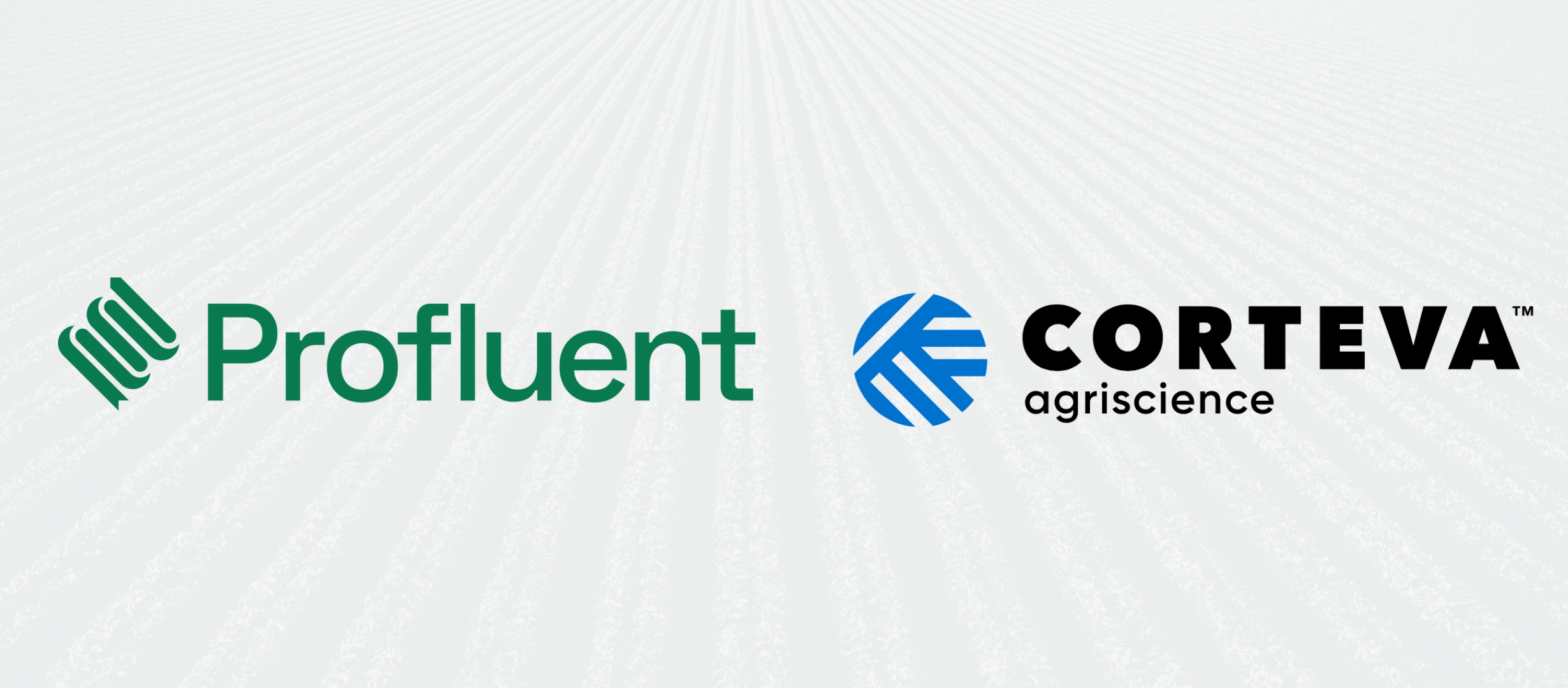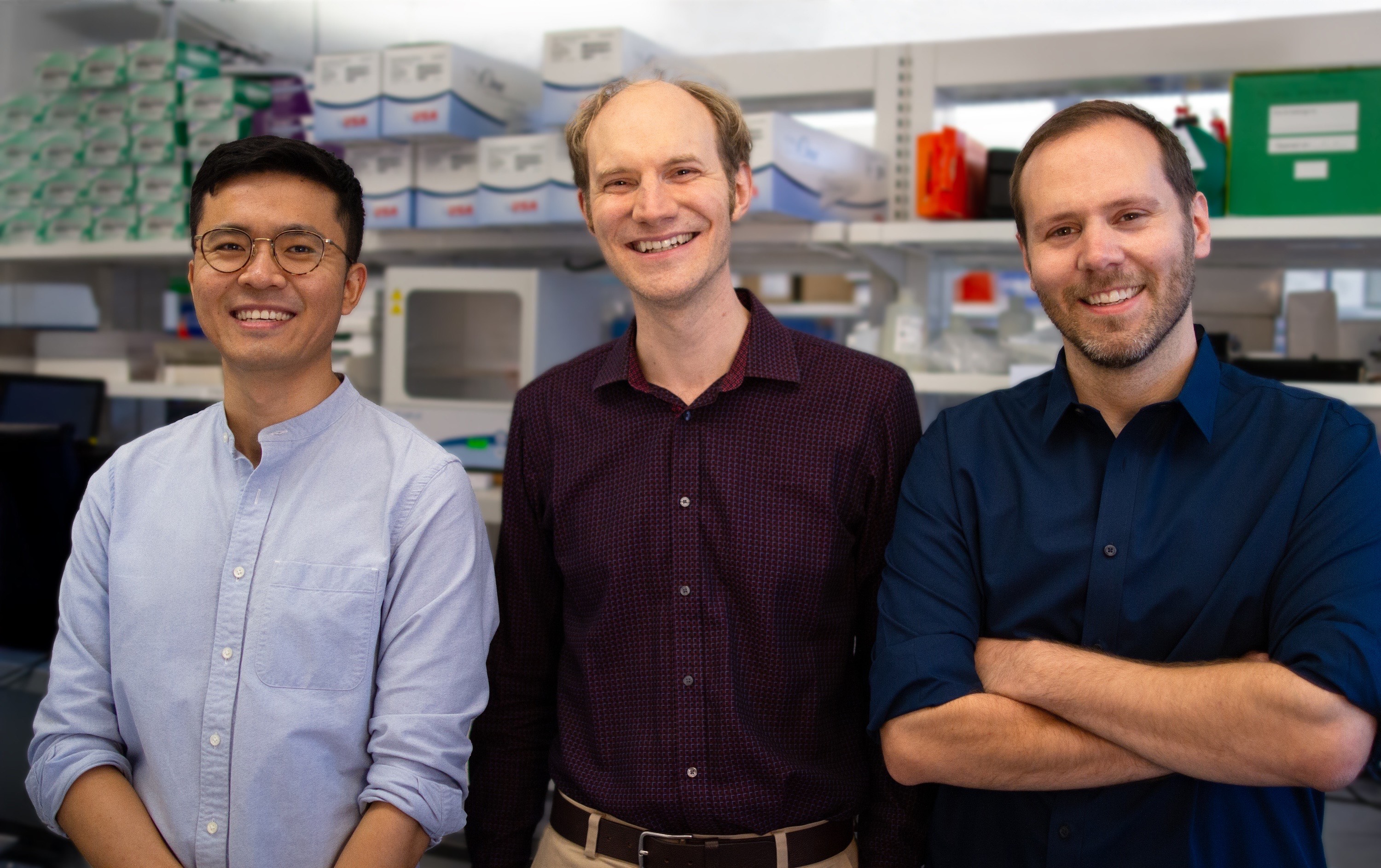
Food From Thin Air: The Forgotten Space Tech That Could Feed Planet Earth
Food From Thin Air: The Forgotten Space Tech That Could Feed Planet Earth
Forgotten for half a century, a microbial recipe for sustaining astronauts on long space missions might not only feed hundreds of millions of hungry people on Earth, but also hold the key to a truly carbon neutral, circular economy.
Food and space are the two great things that connect us all.Scot Bryson, CEO of Orbital Farm
More than half a century ago NASA worked out the microbial recipe for sustaining astronauts on long space missions to Mars and beyond. Forgotten for 50+ years, those very same microbes can feed the hundreds of millions of hungry people down here on Earth. Not only that, they may hold the key to a truly carbon neutral, circular economy.The microbes NASA worked with in the 1960s weren’t just any microbes, however. They were bacteria that can harvest energy from little more than the mere constituents of air, waste CO2, and water to make plentiful amounts of nutritious protein. Unlike plants, these microbes don’t even need to use light. Instead, the bacteria — known as hydrogenotrophs — use hydrogen as fuel to make food from CO2 — just like plants use the energy of sunlight in photosynthesis.Yet, as Scot Bryson, CEO of Orbital Farm, a circular project development company that integrates biotech, energy, and aquaponics explains, “This technology was developed over 50 years ago for space and was never used for earth, which meant all that knowledge ended up getting lost in time.”Now, a suite of synthetic biology companies are picking up where NASA left off, developing a whole new generation of sustainable food products, and leading us towards a truly carbon neutral economy; for the good of space travellers, and for the benefit of everyone down here on Earth.
Space science to save Earth
One of those companies leading the charge is NovoNutrients, which aims to be one of the big manufacturing technologies of a new circular economy, first through disrupting the fast-growing aquaculture sector.

David Tze, CEO of NovoNutrients, thinks space technology begins with practical solutions on Earth. NOVONUTRIENTS
“A lot of what we do adds value to aquaponics and a circular economy in space,” says David Tze, the company’s CEO. “But we believe it’s something that can be economical on Earth first.”And there is plenty of opportunity, especially in a world which is crying out for sustainable, renewable alternatives to our current forms of food production. Our seas are overwhelmed by overfishing. Our fields yearn respite as soils erode through overuse and mistreatment. Our forests are being slashed and burned, leaving biodiversity on the precipice, one slip away from a sixth mass extinction.“We’re all about feeding the future. The mission is for spaceship Earth. How do we build a system to feed ten billion people in a more sustainable way?” Lisa Dyson, CEO of Air Protein, asks the question on the minds of many. Her company is making sustainable meat from air. “We are disrupting animal agriculture, quite specifically. It’s very resource intensive and costly to our environment. Brazil saw record fires last year and a significant amount were for cattle grazing.”

Lisa Dyson, CEO of Air Protein, asks how we are going to feed 10 billion people on Planet Earth. AIR PROTEIN
Bryson puts it perfectly when he tells me, “It’s 2020 and we have hundreds of millions still starving, which is a pretty inhumane situation. To spend millions of dollars to take this technology to space, that’s tomorrow’s dream. Before that, the reality is that there are plenty of challenges here on Earth.”“What Orbital Farm is doing is building a platform for the long term,” he continues. “A platform for hundreds, thousands, millions of people in some of the most food insecure regions - people in desert regions, island nations.”
Food from energy: the renewable, zero waste economy
So, how are companies like NovoNutrients doing it? Brian Sefton, CTO and co-founder of Novonutrients explained to me Novonutrients magic sauce: transferring electrical energy into a food energy, something he says is a “huge step.” Sefton grew up in the shadow of a cement factory, longing to be able to put the waste he saw to good use.It is only fitting that Novonutrients has since collaborated with that very same factory, taking its waste CO2 to make protein via their synthetic, hydrogen-metabolizing microbes. This is the transformative potential of green hydrogen - an energy source which is undergoing rapid development and will be a cornerstone of the new green economy.As Dyson further explains, “the good thing about renewable power is that it’s becoming more and more available at lower and lower cost. That’s the direction we’re going in, to use renewable inputs to make much more cost effective and sustainable solutions.”Solar Foods, much like NovoNutrients, is also making food from thin air — and their goal is not to be carbon neutral, but to be carbon negative.“We capture CO2 from the air, much like plants, but our yield and efficiency is an order of magnitude higher - many orders of magnitude depending on your energy source,” says CEO Pasi Vainikka. “We need only one tenth of the land compared to plants, or one hundreth compared to meat. In an idealistic world, let’s say you wanted to consume all food like this, you could convert agricultural land to forest, let the trees grow back. When you do that, that land becomes a carbon sink. On a systems level, you have the potential for carbon negativity.”Such a thought is almost too exciting for me to dwell on.“We’re actually going to produce a new, disruptive world food map in a couple of months because renewable power is the new primary energy in this system,” Vainikka continues. “We can go anywhere on the planet to produce this food, even the desert.”This is quite something, considering that the world must increase calorie production by 70% come 2050 on only around 5% more land. We’ve almost exhausted our fields - arable land is scarce - but the desert presents new opportunities in terms of abundant solar-hydrogen energy and a previously nigh-on impossible avenue for food production.“As a bio production system it’s very exciting - you can use the hydrogen energy that you derive from electrical sources and convert it into all sorts of products,” says Sefton. “We can produce food, or even plastic polymers, or pharmaceuticals - a range of products that you can use synthetic biology and our expression model, your source of energy, your source of CO2, and a big database to drive all of this.”
The future is delicious and nutritious
And if you were perhaps worried about the future of delicious food in such a new economy, worry not. This new circular economy has you covered, from fresh vegetables to fish and even to air-based meat.“The quest for sustainability doesn’t mean we must say goodbye to plants and animals for good. Orbital Farm has a circular system providing something for everyone, vegans to pescatarians, in a sustainable way,“ Bryson says. “We’re the glue which fits all of these new technologies together. You can make these amazing proteins, what are you going to do with them? Is that going to sustain people completely? No, you need vegetables and fruits, and a system that creates zero waste - a closed loop farm.”Vainikka is equally confident, telling me that “if you look to the future, we see a whole new industry emerging, where we and other companies can build based on the new components that each one is bringing. It’s a supportive, enriching ecosystem emerging around this whole new idea of food.”“If cultured meat scales,” he continues, “you will need a lot of food for the cells, which we can provide as part of the medium that you need for the cells to grow.”Air Protein are going even further. “We’re the only company making air-based meat, in particular,” Dyson explains. “Taking CO2 from the air we make a protein and then apply culinary techniques that give customers what they want from an experiential perspective but that is also more sustainable. We can make air-based beef, chicken, seafood, pork. The platform is really flexible.” And, says Dyson, “We can change the functional properties of the proteins at the cellular level to optimize all the different properties of meat. We ask the question, how do we build this up with a new type of technology without needing the animal?”
A bright future here, and beyond the stars
From space technology to Earth and back again, the solutions that will feed us here on Earth are arriving right on time to finally take us to Mars. Perhaps Bryson sums up the significance of where we stand thanks to the marriage between amazing technological and biological advances.“When you think of space, one of the most incredible things humanity has ever done is come together and build that incredible thing called the International Space Station. Cold War nations came together, with countries all over the world, to build this. Food and space are the two great things that connect us all. Ever since the beginning of man, we’ve looked up and made stories about the moon and the stars. Food is the bond that brings everyone together, no matter where you’re from. We’re trying to make an international project here on Earth, to solve the challenge of producing food in a closed loop agriculture system. And by combining food and space, we can truly change the world.”Follow me on twitter at @johncumbers and @synbiobeta. Subscribe to my weekly newsletters in synthetic biology and space settlement. Thank you to Peter Bickerton for additional research and reporting in this article. I’m the founder of SynBioBeta, and some of the companies that I write about—including NovoNutrients—are sponsors of the SynBioBeta conference and weekly digest — here’s the full list of SynBioBeta sponsors. Originally published on Forbes https://www.forbes.com/sites/johncumbers/2020/03/06/food-from-thin-air-the-forgotten-space-tech-that-could-feed-planet-earth/



.svg)





.png)



.jpg)

.gif)